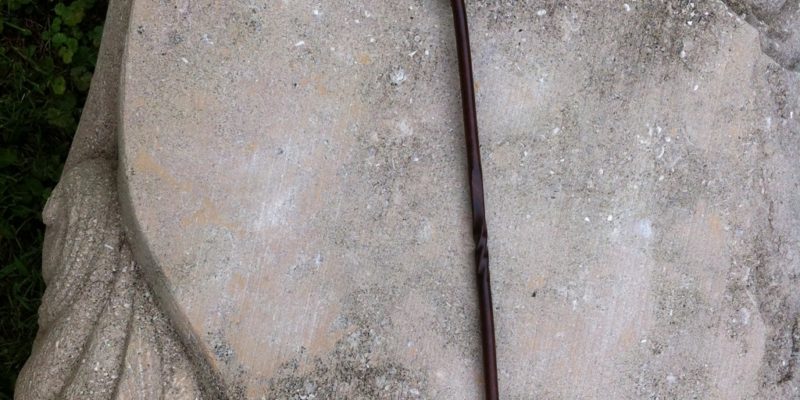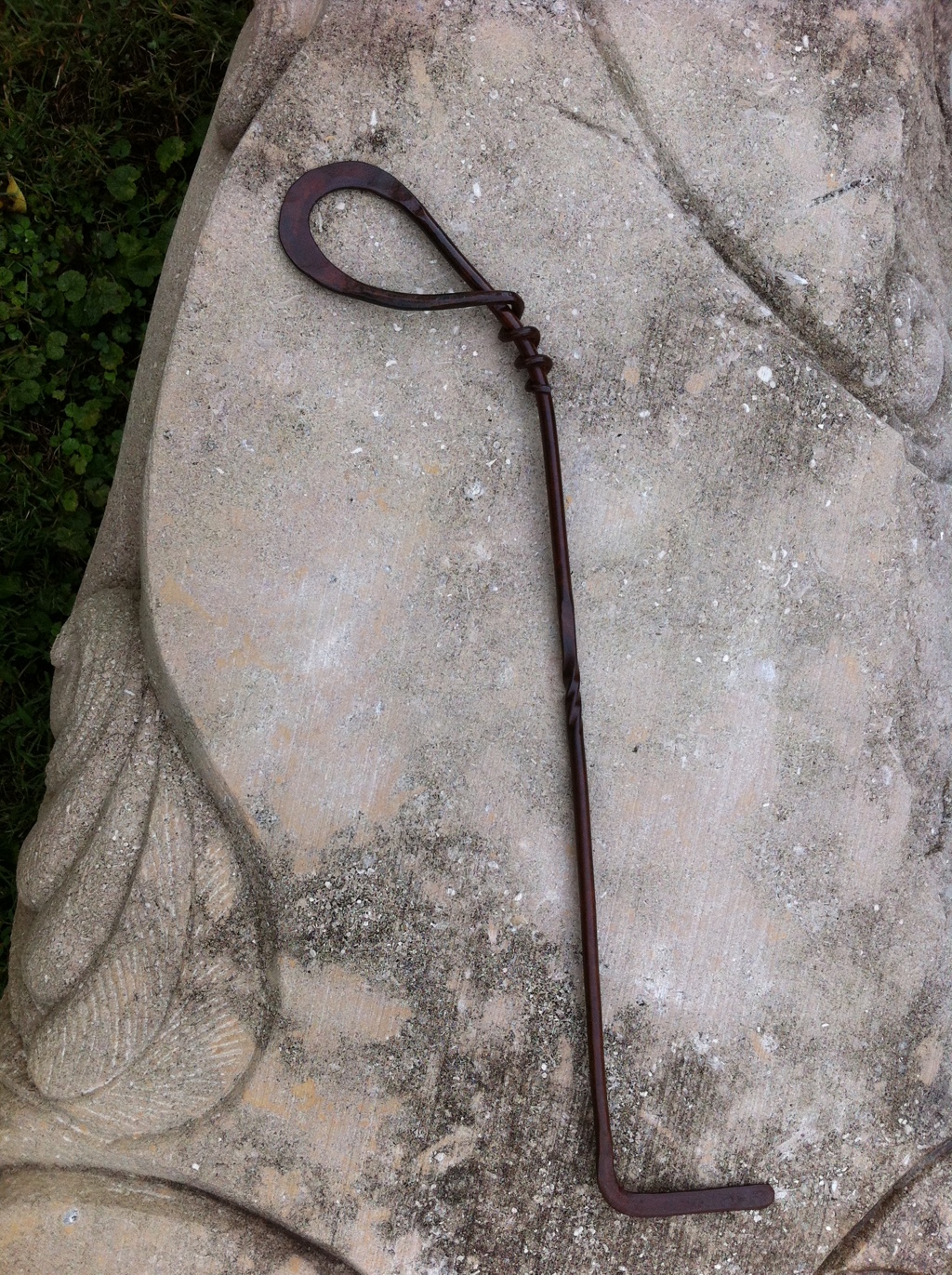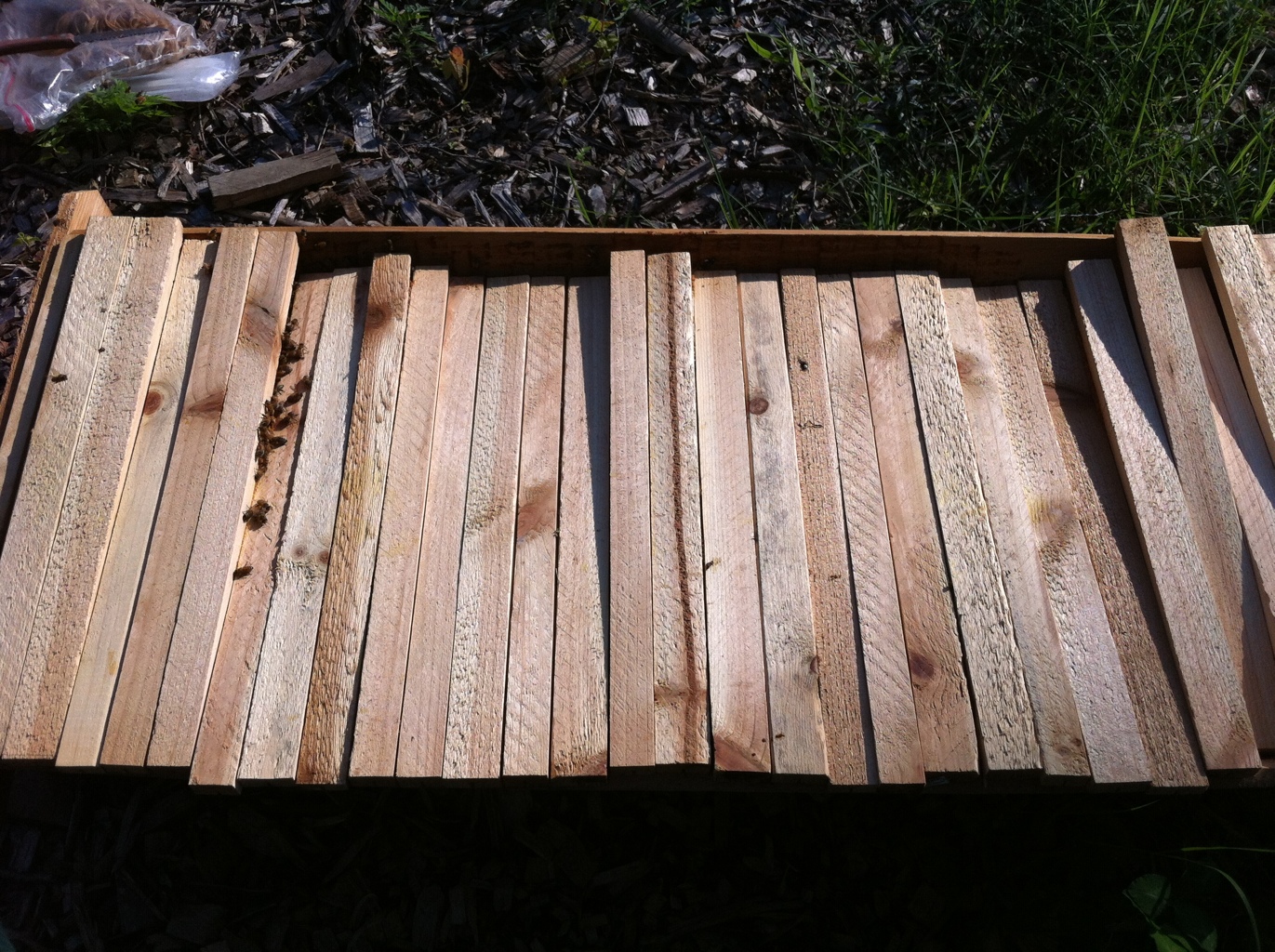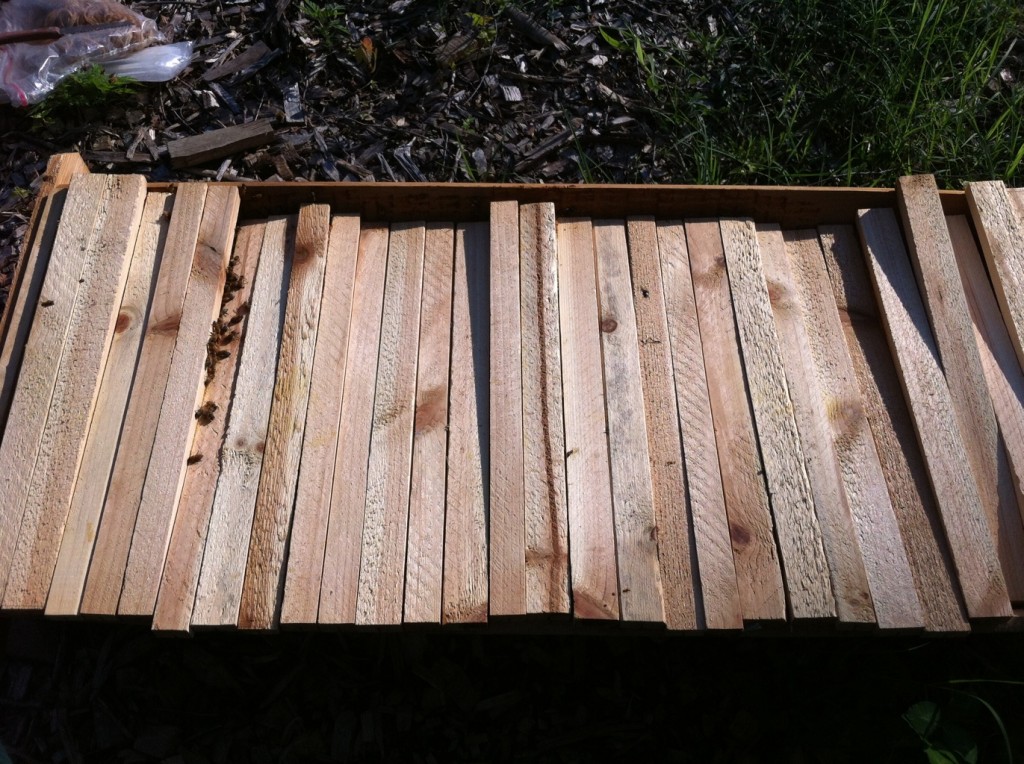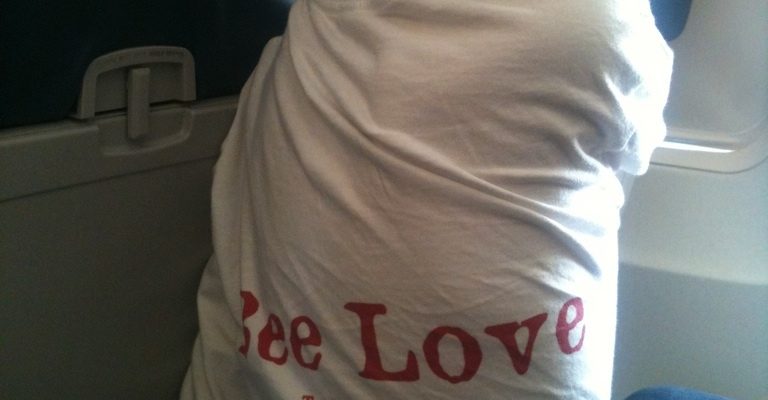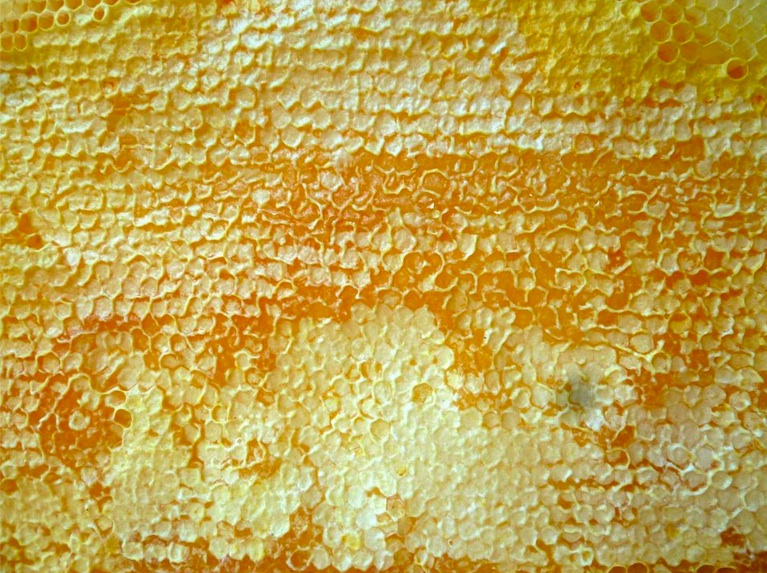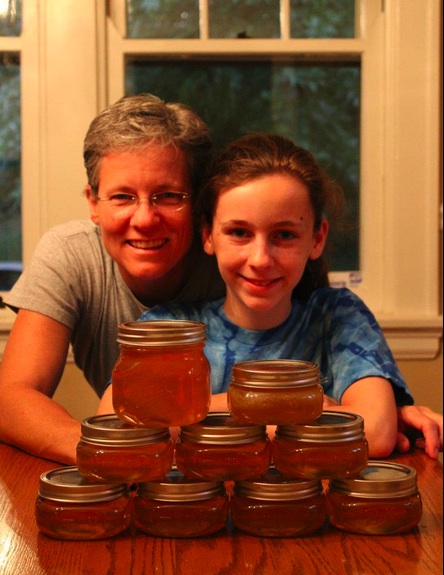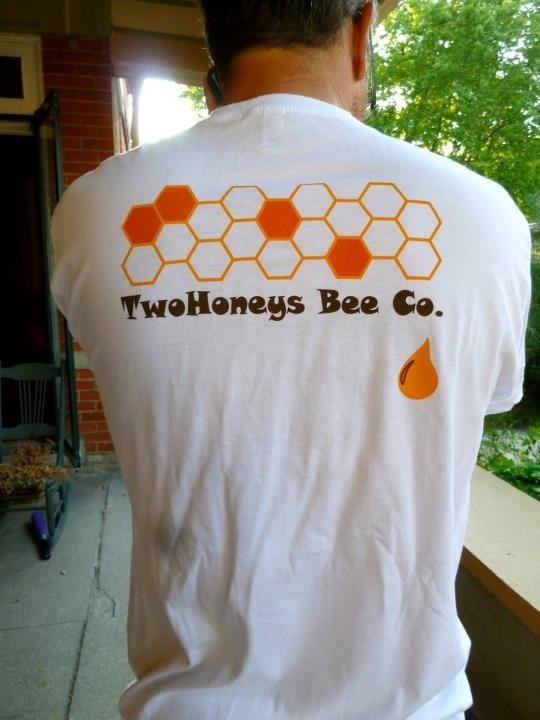The Girl with Bees in Her Hair
BY ELEANOR WILNER
came in an envelope with no return address;
she was small, wore wrinkled dress of figured
cotton, full from neck to ankles, with a button
of bone at the throat, a collar of torn lace.
She was standing before a monumental house—
on the scale you see in certain English films:
urns, curved drives, stone lions, and an entrance far
too vast for any home. She was not of that place,
for she had a foreign look, and tangled black hair,
and an ikon, heavy and strange, dangling from
an oversized chain around her neck, that looked
as if some tall adult had taken it from his,
and hung it there as a charm to keep her safe
from a world of infinite harm that soon
would take him far from her, and leave her
standing, as she stood now—barefoot, gazing
without expression into distance, away
from the grandeur of that house, its gravel
walk and sculpted gardens. She carried a basket
full of flames, but whether fire or flowers
with crimson petals shading toward a central gold,
was hard to say—though certainly, it burned,
and the light within it had nowhere else
to go, and so fed on itself, intensified its red
and burning glow, the only color in the scene.
The rest was done in grays, light and shadow
as they played along her dress, across her face,
and through her midnight hair, lively with bees.
At first they seemed just errant bits of shade,
until the humming grew too loud to be denied
as the bees flew in and out, as if choreographed
in a country dance between the fields of sun
and the black tangle of her hair.
Without warning
a window on one of the upper floors flew open—
wind had caught the casement, a silken length
of curtain filled like a billowing sail—the bees
began to stream out from her hair, straight
to the single opening in the high façade. Inside,
a moment later—the sound of screams.
The girl—who had through all of this seemed
unconcerned and blank—all at once looked up.
She shook her head, her mane of hair freed
of its burden of bees, and walked away,
out of the picture frame, far beyond
the confines of the envelope that brought her
image here—here, where the days grow longer
now, the air begins to warm, dread grows to
fear among us, and the bees swarm.

